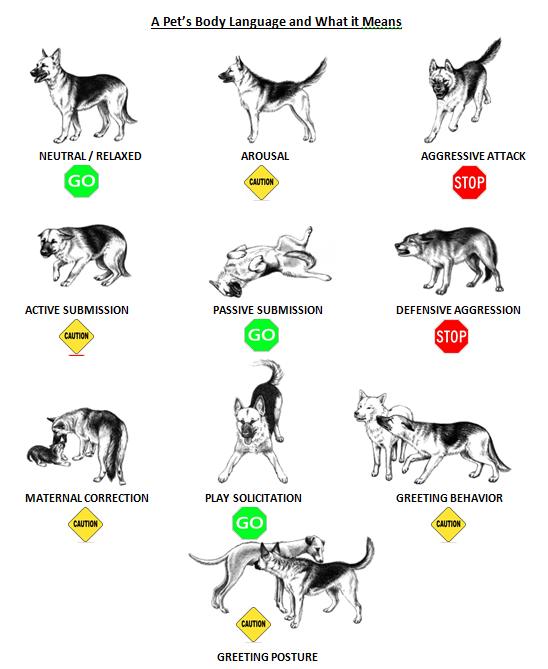ThunderShirt
(Anxiety wrap)
By Dr. Karen Burgess
Brand name
- ThunderShirt
What is ThunderShirt used for?
ThunderShirt is used to help alleviate stress or tension in dogs and cats. Originally designed for dogs with thunderstorm anxiety, recently owners have seen improvement in a variety of stressful situations with the use of a ThunderShirt.
How does ThunderShirt work?
Temple Grandin, a reknowned animal science expert has over the years used her own experiences with autism to research behavior in animals. Through this and other research it has been shown that pressure can have a calming effect on both people and animals. This concept was used in the development of the ThunderShirt and its “hugging” design.
What conditions is ThunderShirt used for?
ThunderShirt use is appropriate for any situation that elicits fear or anxiety in a pet. While the ThunderShirt may not help 100%, the goal is to see if there is any noticeable improvement.
How long can my pet wear the ThunderShirt?
It is safe to use the ThunderShirt for extended periods of time but is best to use it for more limited timeframes/times directly associated with problematic behavior.
How do I determine the right size of ThunderShirt for my pet?
Use a tape measure to determine the size of your pet around the chest cavity just behind the elbows. Use chart below to help determine appropriate sizing.
How do I put the ThunderShirt on my pet?
Put the ThunderShirt on your pet’s back, then take the ShortFlap under the chest. Next wrap the LongFlap under the chest and secure it snugly to the ShortFlap. Take the TopFlap and wrap it down securing it onto the LongFlap. Adjust as needed for snug fit. Finally wrap the ChestStraps around the dog’s front and secure.
How do I wash my ThunderShirt?
Wash ThunderShirt in a regular wash cycle with cold water and laundry detergent. Do not dry in machine, hang only.
Is ThunderShirt guaranteed?
ThunderShirt as a company provides a 45 day money back guarantee for its product. If purchased through our hospital and returned the company then donates the product to a local shelter. A no risk endeavor with a win-win return policy.
What other concerns may there be with ThunderShirt?
Take care that the straps on the stomach area do not abrade the prepuce on male dogs. With initial use, remove jacket after shorter time periods to look for signs of irritation.
| Size |
Chest Size |
Weight |
| XXSmall |
9″ – 13″ |
up to 7 lbs |
| XSmall |
13″ – 17″ |
8 – 14 lbs |
| Small |
17″ – 21″ |
15 – 25 lbs |
| Medium |
21″ – 25″ |
26 – 40 lbs |
| Large |
25″ – 30″ |
41 – 64 lbs |
| XLarge |
30″ – 37″ |
65 – 110 lbs |
| XXLarge (Camo only) |
37″ – 50″ |
Over 110 lbs |
Photo Credit: <a href=”https://www.flickr.com/photos/8489692@N03/5903289588/”>katerha</a> via <a href=”http://compfight.com”>Compfight</a> <a href=”https://creativecommons.org/licenses/by/2.0/”>cc</a>


